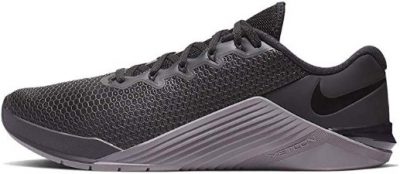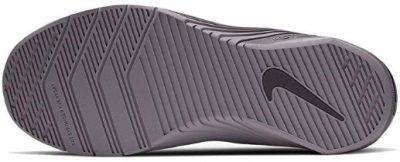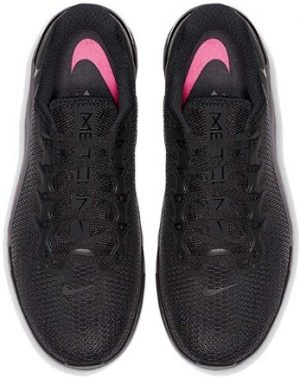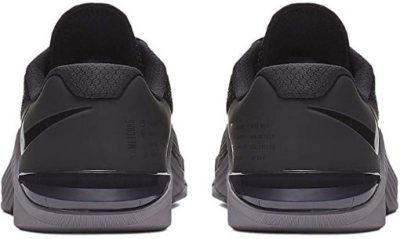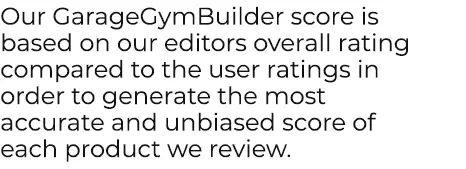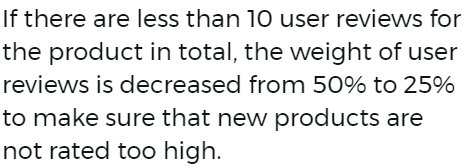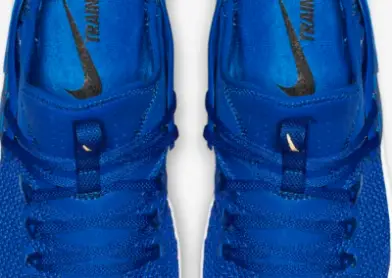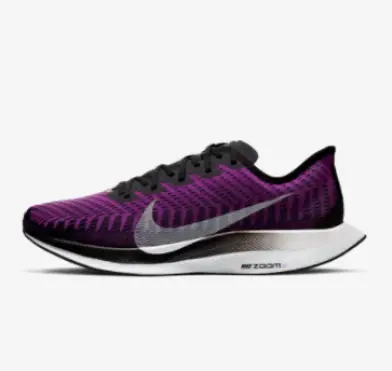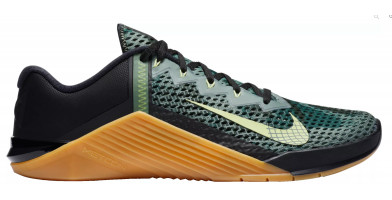Nike Metcon 5 Reviewed and Rated
Nike introduced its Metcon series in 2014 when CrossFit competitor Josh Bridges sported a pair during the CrossFit Games as part of an endorsement. Bridges dominated the competition and have vouched for the shoe’s durability. To stay at elite levels, Bridges and athletes like him train enough hours weekly for it to count as a full-time job. Bridges told Nike News that the Metcon is the only shoe he can trust not to develop holes and tears, especially after rope climbs, burpees, and other exercises that tend to make parts fall off of shoes.
After Bridges’s 2014 triumph, at the Games, Nike introduced the Metcon 1 in 2015. The Metcon 2 dropped in 2016, with an average of one new Metcon release thereafter. Now on its 5th iteration, the Metcon has been vetted and wear-tested by a whole team of CrossFit competitors in addition to Bridges.
The end result is a Nike performance shoe second only to the lifting-only Romaleos in terms of durability. The Nike Metcon 5 can keep going, and keep you gaining, through any harsh workout you dream up. Is it for you? We broke down the features, pros and cons, and performance of the Nike Metcon 5 to help you decide.
The shoe is quite comfortable with just the right amount of support
Provides a stable foundation, prevents hyperextension injuries, but is not restrictive
Rubber outsole, fabric uppers provide traction even during rope climbs and lateral exercises
Upper is made of Nike Flyknit, which is breathable and flexible without adding extra weight
Phylon sole creates stability in the midsole (look for an explanation of Phylon below)
Extended triangle shaped heel clip provides support, keeps foot aligned during lunges and squats
Suitable for most gym workouts and short outdoor runs
Each pair comes with insertable wedges, to go inside the shoe and give a mechanical advantage for standing barbell squats
Wider toe box more suitable to lifting, less to runners (Metcon 4 had a tighter toe box)
The Rundown
Back to that Phylon midsole. Phylon is made of foam pellets. The pellets are composed of tightly compressed ethylene-vinyl foam acetate. This foam is known for its heat resistance, rigidity, and ability to absorb shock without breaking or losing shape. To make the Phylon, the foam is heat-treated, melted, and injected into a last or midsole shape. When it cools and hardens, the Phylon forms a near-indestructible shock-absorbing midsole that cushions your feet without letting them sink in, the way memory foam or a more giving material would.
As far as the application, Nike wanted to offer an affordable shoe that you can wear for everything. With cross trainers we have looked at, there is almost always a compromise or trade-off. The Reebok Nano series is great for CrossFit and jumping or plyometric workouts, but not so much for dedicated heavy lifting. You also cannot run very far in most cross-training sneakers. But the Metcon 4 will take the place of several shoes, for the average fitness junkie. The wedge inserts, which come with the shoes, are a unique touch. You could technically place the inserts, which look like tiny doorstops, into any shoe with a relatively flat sole and flexible uppers. But the Metcon 5 naturally adapts to a lifting role, even for heavyweights, because the padding is not too severe for toes to splay. The toe box is roomy, not narrow, but still provides a snug enough fit to keep runners happy.
Although overall the Metcon 5 is more runner-friendly than others in the line, Nike knew enough not to fix anything that was not broken. The Metcon 5 retains solid traction with star-shaped lugs on the outsole and matching fabric ones in the uppers. That gives the shoe as much grip as any heavy-duty work rubber work glove we have seen. The outsole has a slightly sticky coating, too, so the whole package keeps you upright and anchors you during movements like lunges.
Cushioning comes from the Phylon midsole we talked about, according to Nike. It does not come from outsole foam, which is standard for too many cross-training shoes (and almost all running shoes). The trouble with exposed foam is that it will get torn up during obstacle courses, rock climbing, rope climbs, and events like Tough Mudder where you are scrambling in different positions a lot. Instead, the design of the Nike Metcon 5 both adds traction and support for those events and resists tearing and fraying under all indoor or outdoor conditions. The Flyweave is like a lightweight, flexible exoskeleton for your feet.
Comfort/Construction
Who It Is For
So, the words "this shoe is for everyone" are not something you will hear from us often. It is the same with any gear--as much as we appreciate Rogue Monster racks, many of our friends and readers would rather stand on a wobble board than load up a barbell. We never want to exclude anyone; those of us who commit to exercise and healthy eating all want a better quality of life, and that unites us. But for this shoe, we really, really have to say that this shoe is for everyone. Anyone reading this can purchase the shoe and see an improvement right away, in terms of comfort, stick to it give-ness, and maybe even performance. If your ankles do not wear out as quickly, or if you use the squat wedges, lifting 3 or 5% more is not unheard of.
Before you write us off as inconsistent or Nike-crazed fans, though, we will add that the Metcon 5 can't and won't be every athlete's main shoe. If you routinely run and train for marathons or half marathons, for example, you need something with a lot more stability and cushioning. But you would still benefit from the Metcon 5 in shorter runs, indoor cardio, and of course the cross-training that all of us need to do regardless of our main sport or activity.

